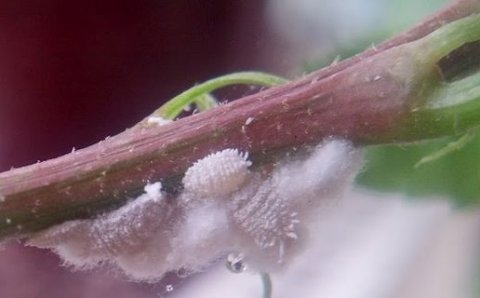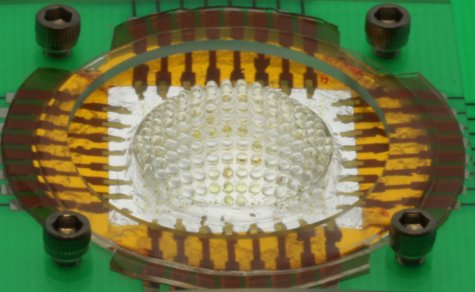
As anyone who has been reading this blog for a while knows, I am fascinated by the phenomenon of symbiosis: two or more species living together in a relationship. In my opinion, the most interesting form of symbiosis is mutualism: two or more species living together in such a way that each species benefits. I have written several different articles about it over the years (see here, here, here, here, and here, for example), and I personally think it is a picture of what creation was like before the Fall.
As scientists have studied mutualism over the years, they have found some really complex examples. In the past, I wrote about a three-way mutualistic relationship that exists between a grass, a fungus, and a virus. Later on, I wrote about a three-way mutualistic relationship that exists between seagrasses, clams, and bacteria. Well, I just learned about another example of a three-way mutualistic relationship. Scientists have known about it for more than 10 years, but it was the subject of a recent study that comes to some rather startling conclusions.
The biggest member of this relationship is the mealybug, which is shown above. It feeds on the sap of plants, but that presents a bit of a problem. In order to make all the proteins it needs to survive, the mealybug must have certain amino acids at its disposal. It can get some of them from its diet, but plants don’t make all the amino acids that the mealybug needs. As a result, it must manufacture some of them. By itself, however, it can’t get the job done. It can make some of the chemicals that are necessary to produce the amino acids, but it can’t make them all. If left on its own, then, the mealybug could not survive.
In 2001, Carol von Dohlen and her colleagues demonstrated that the mealybug has help in making those amino acids. A bacterium, Tremblaya princeps, lives in the mealybug, and it helps the mealybug make the amino acids it can’t get from its diet. However, the bacterium can’t do that job on its own. As a result, a smaller bacterium, Moranella endobia, lives inside it. Together, these two bacteria make the chemicals that the mealybug needs but cannot make itself. All three species are needed in order for the mealybug to survive.1
So here’s the arrangement: a bacterium inside a bacterium inside a bug. It reminds me of an exchange from one of my favorite Dr. Who episodes:
Lily:Where are we?
The Doctor:In a forest, in a box, in a sitting room. Pay attention!”






